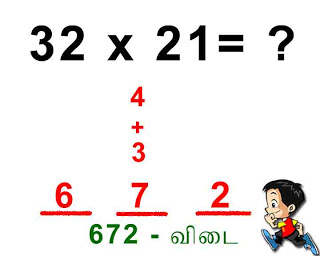SCD, TEF, UGH, ____, WKL
| CMN | |
| UJI | |
| VIJ | |
| IJT |
B2CD, _____, BCD4, B5CD, BC6D
| ||||||||
|
FAG, GAF, HAI, IAH, ____
| ||||||||
|
ELFA, GLHA, ILJA, _____, MLNA
| ||||||||||||||||||
ANSWERS 1. VIJ
Explanation:
There are two alphabetical series here. The first series is with the first letters only: STUVW. The second series involves the remaining letters: CD, EF, GH, IJ, KL.
2. BC3D
Explanation:
Because the letters are the same, concentrate on the number series, which is a simple 2, 3, 4, 5, 6 series, and follows each letter in order.
3. JAK
Explanation:
The middle letters are static, so concentrate on the first and third letters. The series involves an alphabetical order with a reversal of the letters. The first letters are in alphabetical order: F, G, H, I , J. The second and fourth segments are reversals of the first and third segments. The missing segment begins with a new letter.
4. KLLA
Explanation:
The second and forth letters in the series, L and A, are static. The first and third letters consist of an alphabetical order beginning with the letter E.
5.ISS
Explanation:
The first letters are in alphabetical order with a letter skipped in between each segment: C, E, G, I, K. The second and third letters are repeated; they are also in order with a skipped letter: M, O, Q, S, U.
|

 hrs = 4 hrs.
hrs = 4 hrs.
 Required ratio =
Required ratio =



